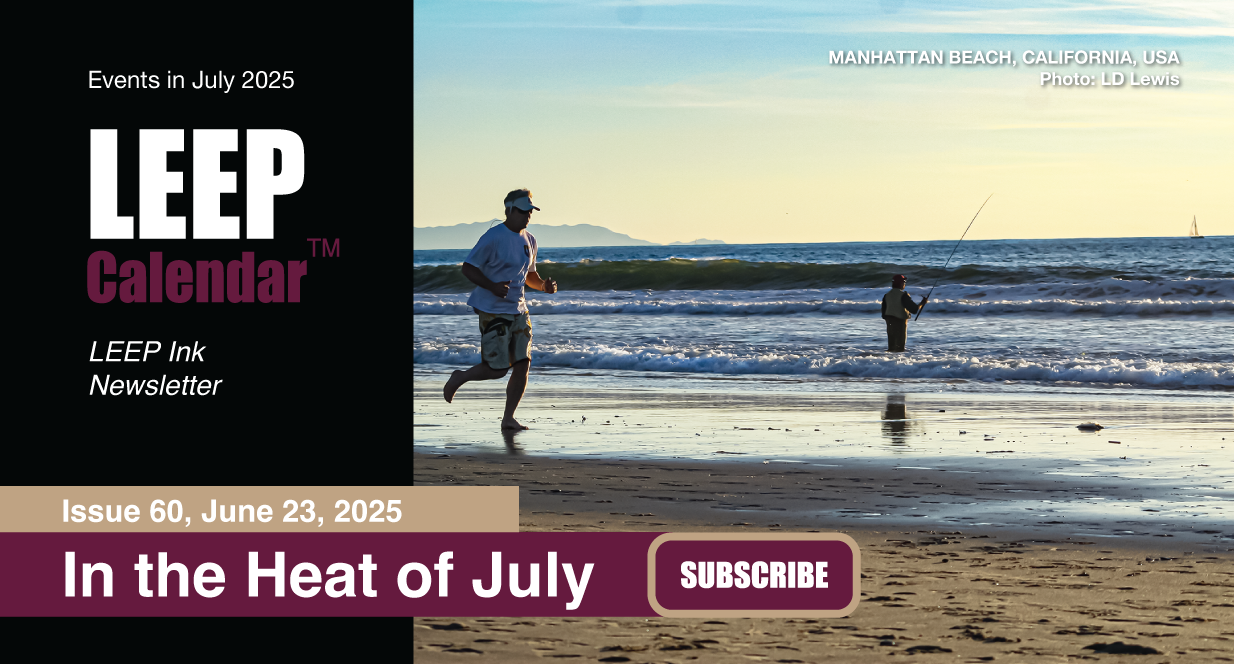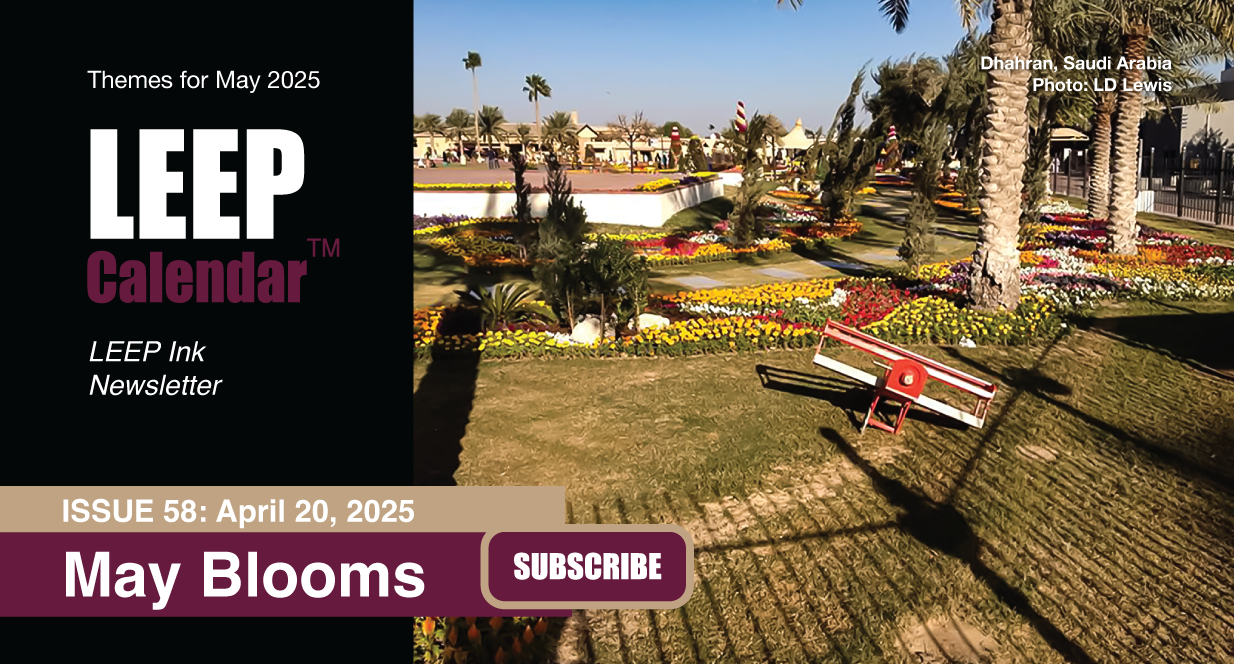 AD
AD
Today is: November 05
Scroll to explore events active on this date.
LEEP INK FEATURES

August? Absolutely!
In August, we live through the Dog Days of Summer. It's hot and often humid, and those who can leave for better climates do. Down south, winter is in full force. August is also known as "the ...

In The Heat of July: July 2025 Events
Is it hot enough (or cold enough if you're below the equator) for you yet? There is actually a day for that! Like every month, I pick a diverse collection of events you may or may not know about. This ...

May Blooms: Events in May 2025
Along with October, May is one of the most densely packed months of the year. It's before the summer humidity and the last whole month of the school year. The weather is warming in t...
About National Bald Eagle Appreciation Days
Education , Competitions & Awards
United States
Ends: Jan 19, 2020
DESCRIPTION:
During the late fall and winter months bald eagles flock to Iowa where it is much warmer than their summer home of Alaska and Canada. In Alaska and Canada the rivers freeze over so over 1,400 bald eagles follow the river south and spend the coldest months of the year along the Mississippi river between St. Paul and St. Louis. The highest percentage live in the area of Keokuk.
Each year U.S. Army Corps of Engineers, Non Game Wildlife programs within the Iowa Department of Natural Resources and Illinois Department of Conservation, Lee County Conservation Board, Keosippi Mall and The Keokuk Area Convention and Tourism Bureau host Bald Eagle Appreciation Days the 3rd weekend of January. Thousands of people flock to Keokuk to view first hand the national symbol of the United States of America in its natural surroundings.
Bald Eagle Appreciation Days feature many free indoor and outdoor programs including:
• Hourly seminars featuring live Bald Eagles
• Lectures
• Exhibits
• Films
• Special events
• Manned observation areas along the Mississippi Riverfront
• Spotting scopes available
• Conservation officials and biologists on hand for questions
Tips for finding and viewing eagles:
The best time to view eagles is in the early morning. This is their prime feeding time when they can be seen soaring and diving for fish, and the colder, the better. When eagles are not feeding they can be seen most often sitting in large, mature trees closer to the river. They are also commonly seen on river ice near openings. Strong binoculars or a spotting scope are usually necessary for eagle viewing unless you are lucky. They are only a few locations where they are not needed.
VIDEOS
Currently, this event does not have supporting videos.
SUPPORTING DOCUMENTS
Currently, this event does not have supporting documents.
ADDITIONAL IMAGES
Currently, this event does not have supporting images.
Where would you like to go now?
LAST UPDATED:
Jul 18, 2022EVENT MANAGER:
Currently, this event does not have any manager yet. AD
AD


/footer-logo.svg)
